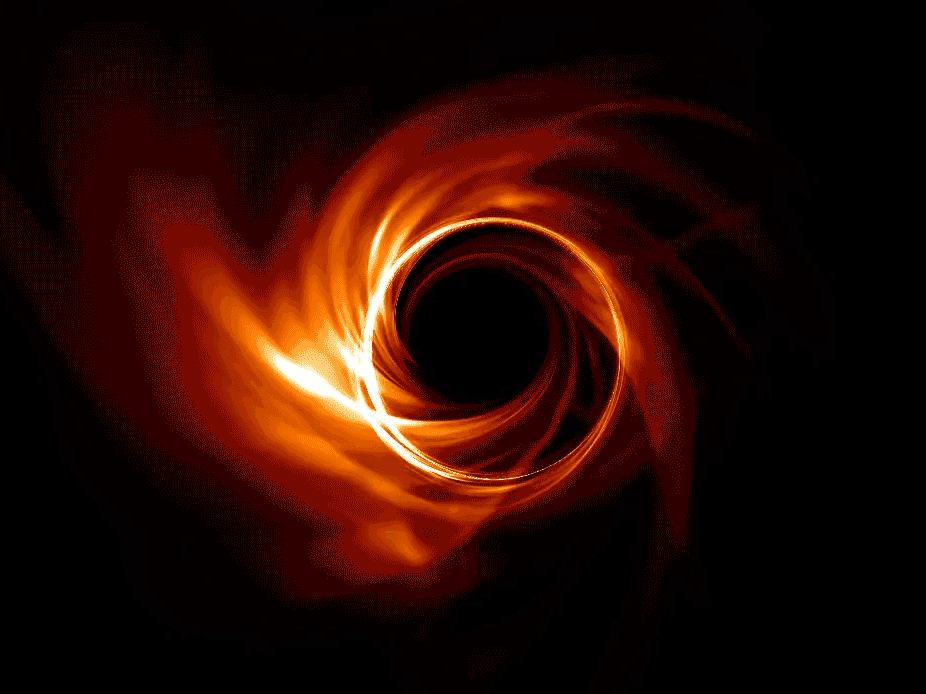Introduction:
Black holes are among the most mysterious and fascinating
objects in the universe. They are regions of space-time where the gravitational
pull is so strong that nothing, not even light, can escape. Recently,
astronomers have discovered a new black hole called PBC J2333.9-2343, which is
located in the constellation Pegasus. In this blog, we will explore the
fascinating world of black holes and take a closer look at PBC J2333.9-2343.
What is PBC J2333.9-2343?
PBC J2333.9-2343 is a black hole located in a binary star
system about 20,000 light-years away from Earth. It was discovered by the X-ray
telescope aboard the Chandra X-ray Observatory, which detected X-ray emissions
coming from the system.
The binary star system consists of a star and a black hole
that are orbiting each other. As the star orbits the black hole, it pulls gas
away from the star, which falls into the black hole and emits X-rays as it
heats up. This process is known as accretion, and it is one of the ways in
which black holes can be detected.
Size and Characteristics:
The black hole PBC J2333.9-2343 has a mass that is estimated
to be about 10 times that of the Sun. It is also relatively small, with a
diameter of only about 30 kilometers. Despite its small size, it is incredibly
dense, with gravity so strong that nothing can escape it.
The accretion process around PBC J2333.9-2343 is also
unique, as the black hole is surrounded by a thick disk of gas that is tilted
at an angle of about 60 degrees to the plane of the binary system. This tilt is
thought to be due to the gravitational influence of the companion star, which
has caused the disk to process over time.
Conclusion:
PBC J2333.9-2343 is a fascinating black hole that is
shedding new light on the nature of these enigmatic objects. By studying black
holes like PBC J2333.9-2343, astronomers can learn more about the processes
that govern the universe and the origins of galaxies and stars. While black
holes remain one of the greatest mysteries in the universe, the discovery of
PBC J2333.9-2343 is a significant step forward in our understanding of these
fascinating objects.
Black hole PBC J2333.9-2343
Binary star system
Accretion
X-ray emissions
Chandra X-ray Observatory
Gravitational pull
Density
Tilted disk
Enigmatic objects
Astronomy
